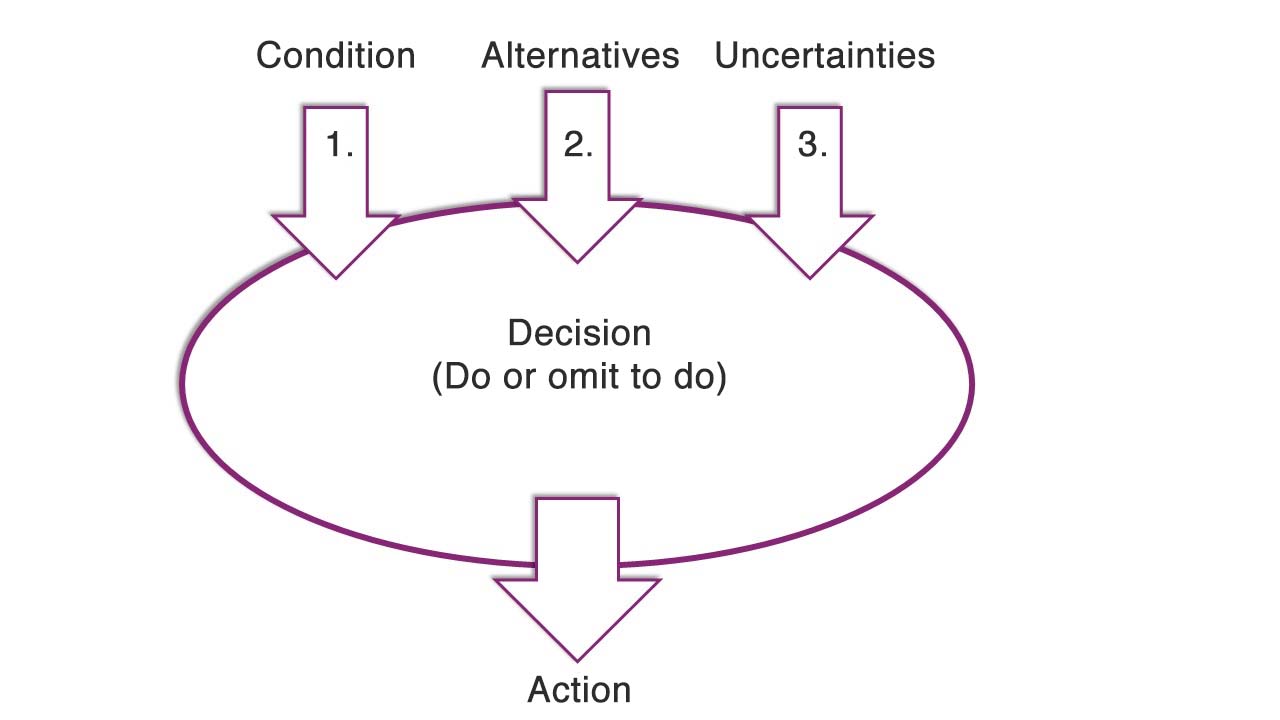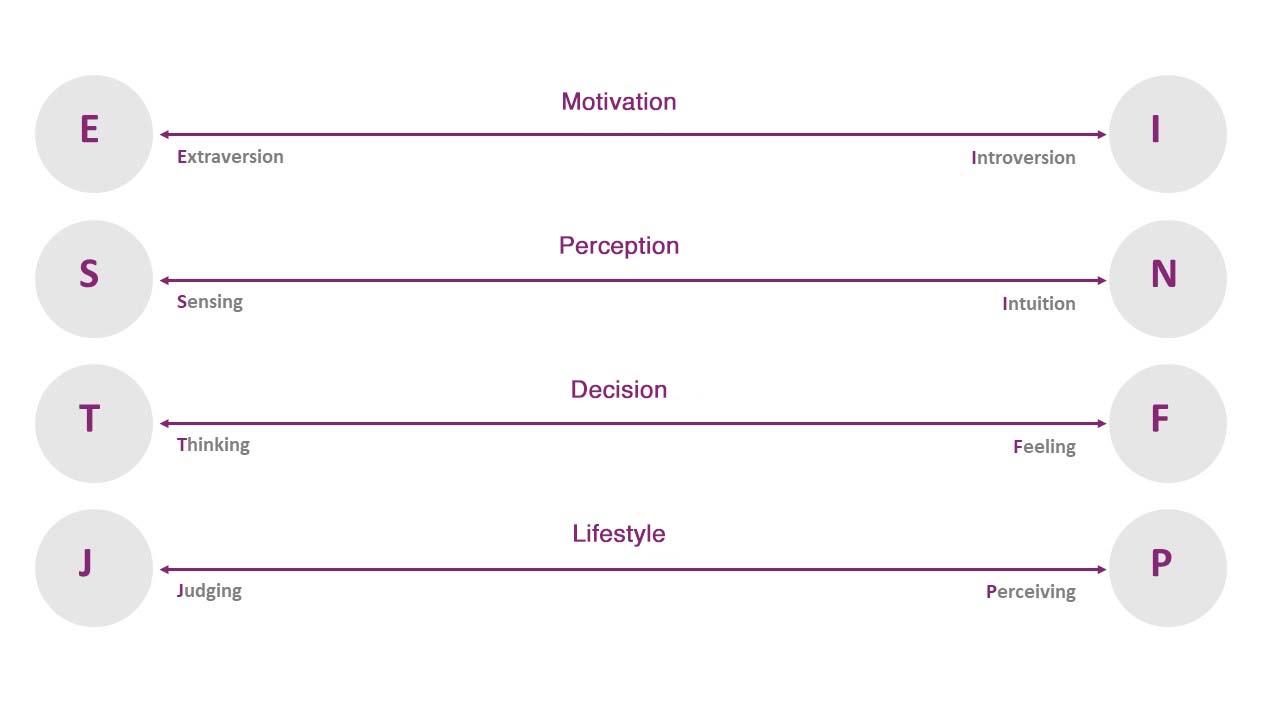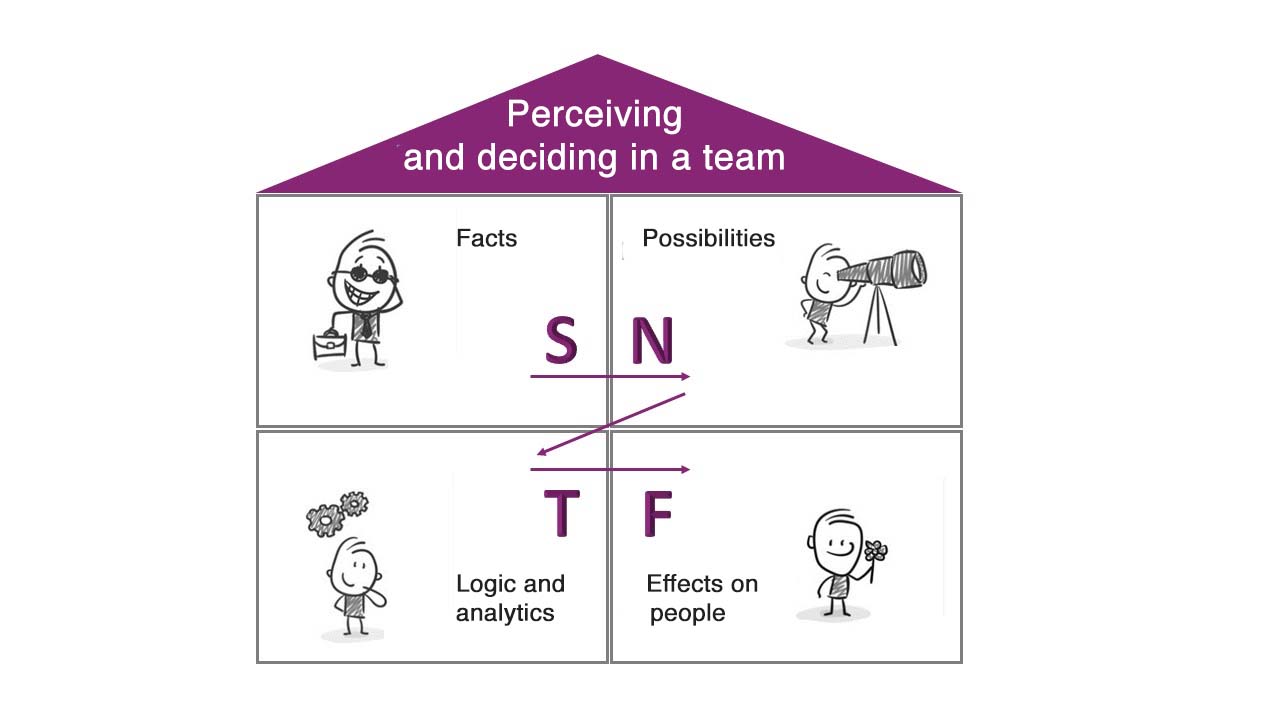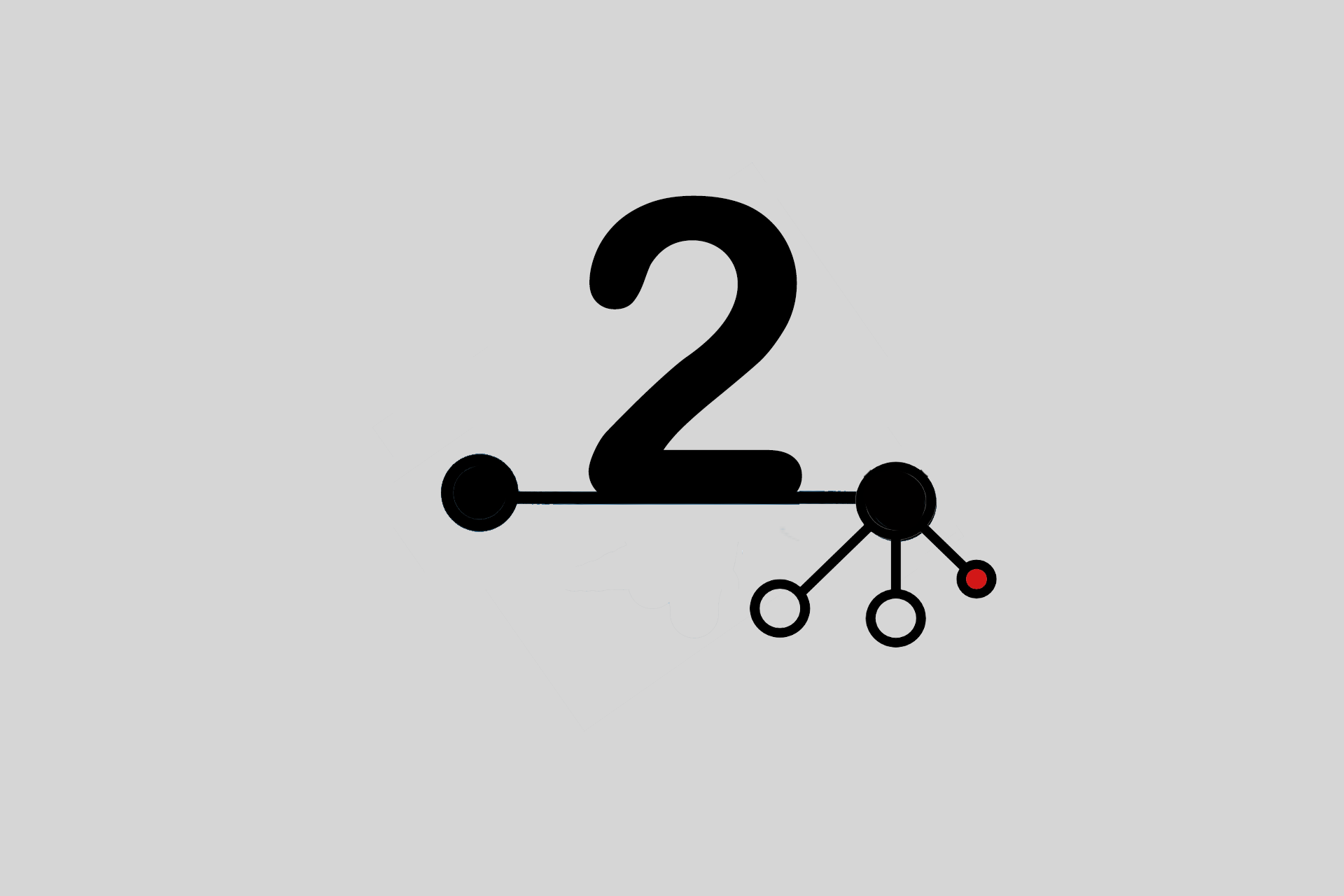Making decisions right
“It is better to make imperfect choices than to constantly search for perfect choices that will never exist.” (Charles de Gaulle)
Do you use the know-how of your teams when making decisions? Do you use effective variants of decision making? Or are you a grassroots democrat in a one-way street? In today’s complex project world it is more important than ever to make joint decisions quickly, sustainably and comprehensibly. But in practice, how do you manage to make decisions “right” and also collaboratively? In the context of the volatile world and the agile mindset, new approaches are needed for dealing with decisions and the resulting process.
What is meant by the term decision?
A decision is understood to be the choice of an action from at least two existing potential action alternatives, taking into account the defined objectives.
In everyday life, decision situations occur very frequently without being aware of them. The driver has to decide whether to choose the direction of travel straight ahead or turn right. The choice of one of these two alternatives depends on the destination, so that even with this simple decision, the destination is important for the choice of the right alternative.
When choosing from several action alternatives, the one that proves to be the best with regard to a destination is selected.
Action alternatives can generally consist of a specific conduct or an omission.
Deciding means conscious action. A choice behaviour based on habit, intuition or spontaneous emotionality (important as this is) is not preceded by a real decision in the sense of decision theory.
How do you come to a decision?
Decision makers are the people responsible for the consequences. This can be an individual or a team.
The decision between doing or not doing (omitting) is called an action decision. If there are still several alternatives for action, we call it a choice decision (choosing the most suitable alternative).
However, the basic questions for decisions are
- “Do we even have a choice or basis for a decision?”
- “Do we have sufficient information to make a decision?”.
Information – its quantity and quality – is essential for making the right decisions.
How do we make decisions in three steps?
Step 1 – Name condition
Decisions under security require complete information. To expect this means a detachment from reality. A decision is only as good or as arbitrary as the criteria or conditions on which it is based. Therefore, decision criteria must first be provided before decision alternatives are examined.
Step 2 – Weighting conditions
It is often difficult to weigh up the importance of conditions in relation to each other. Decisions often pursue different goals which are weighted differently depending on the point of view or language game (economic, ethical, structural, political, cultural, ecological …). What appears necessary from one point of view is at best useful from another.
With each additional perspective, the number of relationships potentially increases, resulting in a structure that can no longer be optimised due to the abundance of relationships and is therefore undecidable.
This means that the setting of objectives and framework conditions are indispensable prerequisites for decisions.
The following points must be delimited from the respective perspective of goal and framework:
- Necessity versus usefulness
- Must-criterion against wish-criterion
Check necessary conditions / mandatory criteria
Each alternative is examined to see whether or not it meets the conditions. If an alternative does not meet a necessary condition and if it is not possible to meet it at a reasonable cost, the alternative must be deleted.
Evaluate useful conditions / desirable criteria
In order to find out which of the remaining alternatives best fulfils all the conditions, the alternative that best fulfils the wish is selected for each criterion and is given a 10 point score on a scale. The other alternatives are measured against it and are rated lower (or equal if they are identical) relative to it.
A scale of 10 – 0 is appropriate. Alternatively, the ranking can also be determined.
Step 3 – Reduce uncertainties
The following questions can help to reduce uncertainty:
- Are all conditions capable of consensus? If there is disagreement, consensus must be reached by reformulation. (“I propose the following wording…”)
- Is a necessary condition really necessary. Would removing the condition overturn a positive decision?
- Are maximum or minimum phrases necessary as a condition?
- How secure is the data? Does it come from an uninterested source? Is the source interested, has another side been sufficiently appreciated? Is the logic of the condition correct?
- What could go wrong in implementing the decision? And how likely is this?
- Is it possible to prevent the eventuality, to provide emergency measures?
How do people perceive and decide?
After the theoretical introduction and this very simple example of a decision-making technique, we look at how people perceive and decide in the decision-making process.
Not only the “right” decision technique is important, but also the inner attitude of all project members.
Do you know this?
- The team member with the most knowledge about a question is actually predestined to take on the role of the decision maker. However, he or she either passes the decision on to the next higher level of the hierarchy, or sits out the decision – for fear of the responsibility.
- A team member decides and takes responsibility. But then colleagues come along and know everything better. The decision-maker thus loses the desire to take responsibility or be made the scapegoat.
- In meetings, everyone waits for decisions to be taken unanimously. Since no one takes responsibility, ineffective solutions emerge, behind which no one really stands.
- In meetings, questions are raised. In discussions, an infinite number of irrelevant objections are raised. The decision-maker or moderator allows too many opinions to pass without explanation. This is how decisions are talked over.
How can we counteract the above points?
The MBTI (Myers Briggs Type Indicator) is a personality instrument that shows preferences for perception and decision-making. With the help of the MBTI people understand their own preferences and those of their team members better.
Effective decisions require information to be gathered from a variety of perspectives and sound methods to evaluate them. The MBTI provides us with specific ways to improve our decisions. It is based on two central mental processes “perceiving” and “deciding” and tries to find out how people use these processes.
As people use these two processes differently, it is important to understand and appreciate these differences between people. The MBTI knows 16 different types that complement each other and it shows how these types can work together.
The 16 MBTI types are based on 4 dichotomies:
The two central dichotomies (known as functions) determine how we humans perceive and decide.
For sustainable and workable decisions, it is important that the following sequence is followed:
1. Facts
- Determine relevant facts
- Acting on the basis of experience
- Recognising realistic limitations
- Creating and implementing solutions step by step
- Calling radically new approaches into question
2. Possibilities
- Consider all possibilities
- Brainstorming on alternatives
- Solve several problems simultaneously
- Thinking about the future
- Recognising trends and patterns
3. Logic and analysis
- Analyse the underlying problem
- Dissecting the problem
- Debate or discuss until all opinions are open
- Develop or apply a model
- Questioning basic assumptions
4. Impact on people
- Involving all parties
- Consider the impact of decisions on others
- Assessing opportunities based on values
- Obtaining the consent of the parties concerned
- Working on harmony in the team
The best way to make a decision is to use the four type functions consciously and in a certain order: Sensing. Intuition, Thinking and Feeling. The arrows in the house illustrate the Z-model process.
Three further steps complete the Z-model process:
5. Making a final decision (based on the information and assessments collected)
6. Implement or enforce the decision
7. Assess the decision in the end from the perspective of “What can we learn from the decision?” Was it a good decision? Were all possibilities, effects and consequences considered? Can we make better decisions in the future?
When teams make decisions, they often tend to focus on their preferred preferences rather than applying all 4 function types in the order given. If this is the case, the decision can have a negative impact on team performance.
If, on the other hand, the Z-model is taken into account, the result is a decision that takes into account all facets of the problem and its impact and is supported by every team member.
Conclusion
Making decisions and implementing them is very complex. We make decisions all the time, and some of them have become so second nature to us that we no longer even realise we are making a decision. This makes it all the more important in today’s volatile world to consciously deal with the making of decisions. In teams in particular, mental processes must be right in order for the team to make sustainable, comprehensible and workable decisions.
This is only possible if the team has a basis, for example through the MBTI, on which it can rely.
From the point of view of decision theory, science and psychology, the topic is certainly only touched upon in this article. The sense and purpose of the article is also only to sensitize for the topic. You have been given a brief overview of how you can positively influence decisions. The MBTI can also support you in effective communication, dealing with change, conflict management or team development.
Notes:
[1] Myers-Briggs Type Indicator is a trademark or registered trademark of The Myers & Briggs Foundation in the United States and other countries.
This article is the first in a series on “Making the right decisions”. The next article will focus on decision-making techniques for (project) teams.
Cornelia Kiel has published more articles in the t2informatik Blog:

Cornelia Kiel
Cornelia Kiel has been managing projects intelligently and sustainably for over 20 years. She uses a wide range of methods: from the waterfall to the V-model and the various agile frameworks such as Scrum, Kanban or SAFe – always in the interests of an efficient project.
Her clients benefit from her extraordinary wealth of experience as a project manager, ScrumMaster, AgileCoach, moderator and BVMW-certified consultant for medium-sized companies.
In the beginning there is always the question of why. – Even as a child she drove her father to despair with this. – With this curiosity, Cornelia Kiel will work with you to find out the meaning and purpose of your project. The question of the benefit for your customer is also answered. From this starting point, you will reach the goal of your project in a focused manner.






